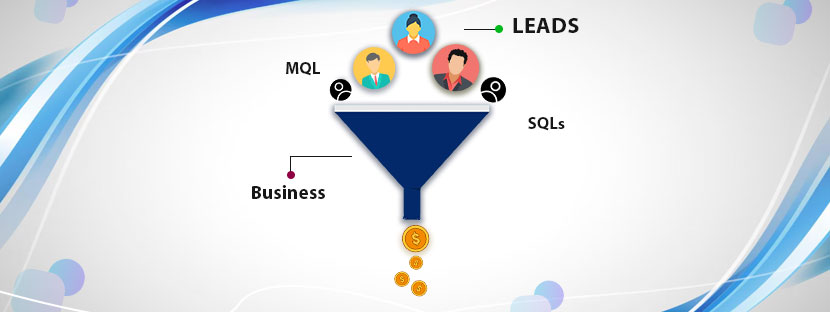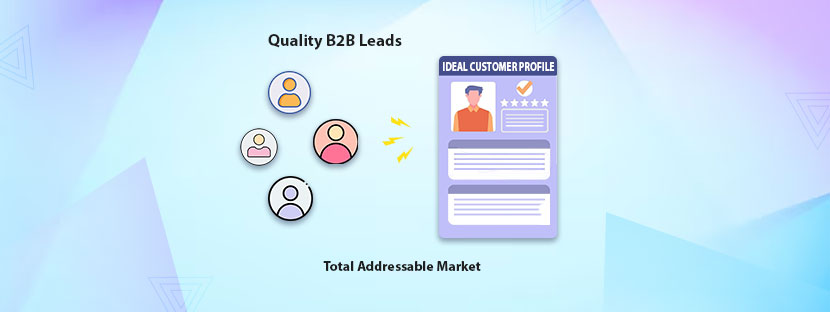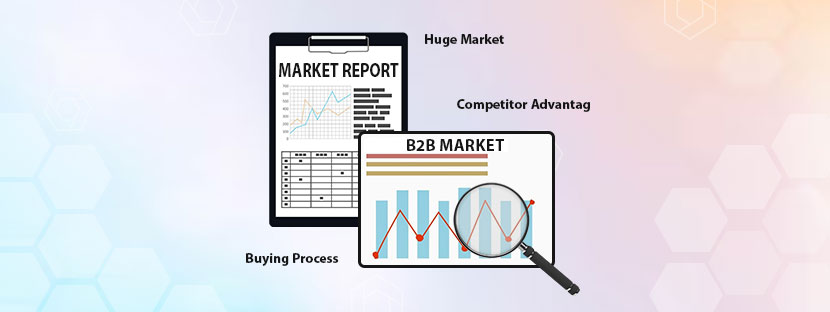Achieve new heights in business with the help of targeted business leads. In the competitive business landscape, stay ahead with strategic B2B leads.
Companies that work on high-end lead generation strategies are achieving 133% of success than their counterparts. Many companies are buying business leads from third-party companies to get more business. However, with the right strategies, you can get business leads without the involvement of any third party in your business.
Lead generation and maintaining engagement in b2b itself is a complex task. To make the tasks easy, you need to understand all the core concepts in depth. Let this blog help you clarify everything about business leads with
Types of business leads (by source)
1. Inbound Leads – Engaging the Curious Buyer
Inbound leads are prospects who find your business naturally through their own search for solutions. They are often the most valuable because they come with a genuine interest in your offerings. One of the most effective ways to attract inbound leads is through content marketing. By consistently sharing informative and relevant content, such as videos, infographics, or ebooks, you build authority and draw in potential customers.
Another essential strategy is search engine optimization (SEO). When your website and content are optimized with targeted keywords and on-page elements, you increase your visibility in search results, which helps generate organic traffic.
Social media marketing also plays a key role in attracting inbound leads. By sharing meaningful content on platforms where your audience spends time and engaging with them promptly, you increase your chances of starting meaningful conversations, especially when you respond within the first hour. Targeted social media ads can further boost visibility among interested audiences.
2. Outbound Leads – Reaching Out with Purpose
Outbound leads are generated through direct outreach. While these leads may be colder, a thoughtful and strategic approach can make them equally effective. Cold email marketing is a classic example where you initiate contact with prospects who may not be aware of your brand.
Personalized subject lines, empathy-driven messaging, and valuable resources are key to grabbing attention. Cold calling is another method, where you speak directly to potential clients who haven’t interacted with your brand before. A well-structured script focused on their pain points can turn a cold call into a warm opportunity. Additionally, attending networking events and industry conferences allows you to meet leads in person. Speaking at these events or participating in panels can build credibility, while personalized follow-ups help nurture these new connections.
Referral leads
Referral leads come through word-of-mouth recommendations from existing customers or partners and often have higher conversion rates. Encouraging happy clients to refer others, offering referral incentives, and forming partnerships with complementary businesses can lead to a steady flow of trusted, qualified leads. Setting up referral portals and experimenting with incentives can further enhance your referral strategy.

Types of business leads (by behavior)
Your business leads don’t behave the same way. Some are eager to know more, while others are completely unaware of your brand. Recognizing these differences is essential. It helps you tailor your approach based on where they stand in the buyer’s journey. To simplify this, here are three core types of business leads, based on behavior, along with the most effective nurturing strategies for each.
1. Cold Leads – The Unaware Prospects
Cold leads are individuals or businesses who have not interacted with your brand before and may not even know you exist. These leads sit at the top of your sales funnel and require initial exposure through strategic outreach. To engage cold leads, you need to put your brand in front of them using direct methods. Personalized cold emails sharing helpful resources can create the first touchpoint. Similarly, cold calls allow for one-on-one interaction, where you can introduce your brand clearly and build awareness. The goal is to spark interest and begin a relationship.
2. Warm Leads or Marketing Qualified Leads (MQL)
Warm leads are those who have engaged with your marketing content but haven’t shown direct buying intent. They may have downloaded a resource, filled out a form, or followed your brand on social media. These leads are not ready to buy but are open to learning more. At this stage, nurturing means educating them further through personalized emails, value-driven conversations, and helpful insights. Tracking their interactions helps identify when they are ready to move forward.
3. Hot Leads or Sales Qualified Leads (SQLs) or The Ready Buyers
SQLs are highly interested prospects who are close to making a purchase. They’ve shown strong intent and are more valuable than warm leads. What they need now is direct engagement—personalized pitches, solutions that match their pain points, and guidance to help them make a confident buying decision.
How to qualify business leads
34% of businesses say lead qualification is their biggest challenge. That’s often because they treat every lead the same—when in reality, some are ready to buy, while others need nurturing. Lead scoring and lead prioritization help solve this.
Lead Scoring
Lead scoring assigns points to prospects based on traits like job title, industry, and actions such as email opens or webinar attendance. A higher score means a more qualified lead. Using CRM tools like HubSpot, you can automate this process and refine scores based on real conversions.
Lead prioritizing
Prioritization ranks leads by urgency and buying readiness. Frameworks like BANT, MEDDIC, or CHAMP help evaluate each lead’s potential. Pair this with CRM tools for real-time insights. Define a clear handoff and nurturing process to ensure sales teams act fast on high-potential leads while marketing nurtures the rest.
Everything is possible when you have a robust data processing mechanism to manage your business leads. At the end of the day, you are paying any third-party vendor to manage your leads. But when you have your data processing team, you can smoothly manage your leads on your own. This will also cost you very little.











